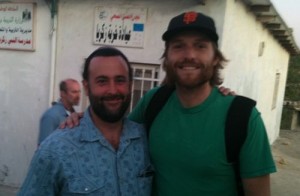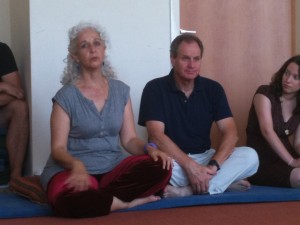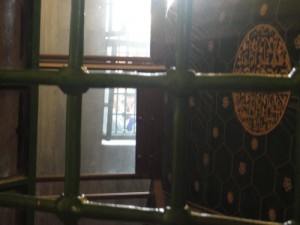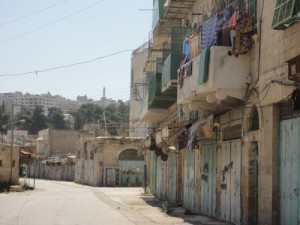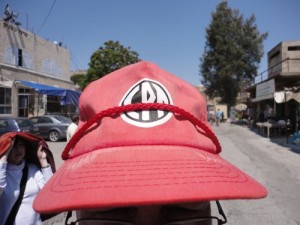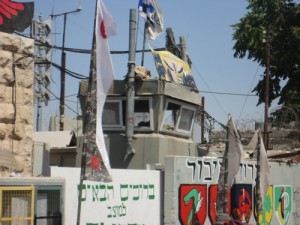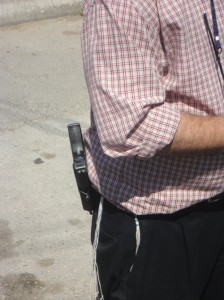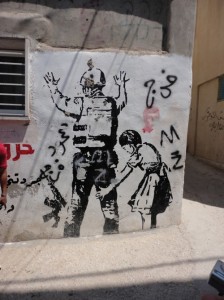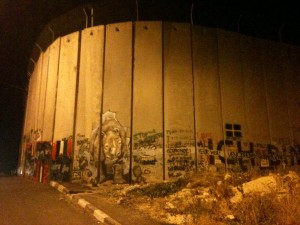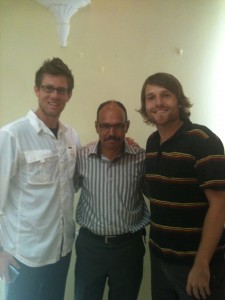Teaching Through the Art of Storytelling releases in paperback this week! You can pick up the paperback copy here or the Kindle version here.
This is an excerpt from Chapter 2, which explores Jesus’ use of parables (Jewish Agada) as a first century Rabbi.
It‘s important to remember that Jesus‘ parables sometimes contain hidden messages. And the messages aren‘t always clear. Numerous times in the Gospels, Jesus tells a story and doesn‘t explain it, leaving the disciples to scratch their heads. Sometimes the messages are packed deep in cultural understanding, and other times they play out through characters and scenes that could be viewed from many different angles. Yet Jesus left a lot of room for conversation and interpretation.
“The parables functioned the way all (good) stories function, by inviting hearers into the world of the story. They were designed to break open worldviews and to create new ones, encouraging listeners to identify themselves in terms of the narrative.” Pg. 181 – Jesus and the Victory of God, N.T. Wright
My Hebrew professor at Fuller Theological Seminary once told my class that he‘d heard parable defined as a puzzle, which he originally sourced from his language professor. I was intrigued by this understanding.

As we know, a puzzle consists of many different pieces that come together to make one whole and comprehensive picture. Without all the pieces there‘s at best a fractured semblance of the intended image—since each piece is unique, necessary, and often beautiful in its own right.
When you get only a fleeting glimpse of a piece of fine art, it‘s impossible to fully appreciate its beauty; if you take time to study its complexities, however, you attain deeper levels of understanding. The same is true for the parable as a puzzle. The parable story gradually offers small glances at a work in progress that‘s building on itself. With each piece that drops in place, the story exposes formerly hidden truths. What‘s interesting is that the pieces of the parable puzzle may not create the same image for each listener, who assembles them in unique ways specific to his or her life experience and worldview.
In the same way our artfully created stories may affect one teenager in a completely different way than another. Therefore the most important variable is that the story is meeting them in some way, whether it inspires some listeners to give away all they own to the poor or develop a better relationship with a close friend. Only remember that as with a puzzle, our created stories have pieces, too—characters, plot, and setting—and listeners may relate to one piece more than another.
